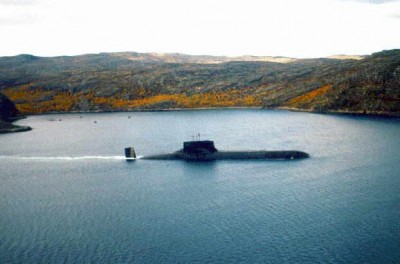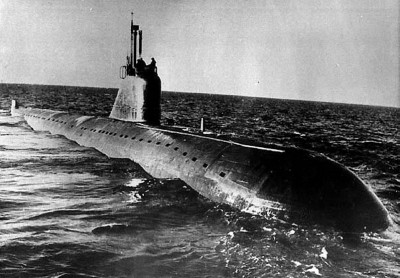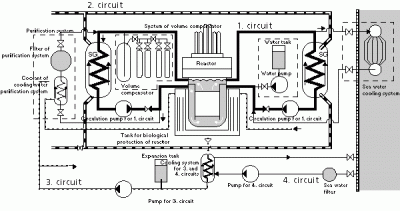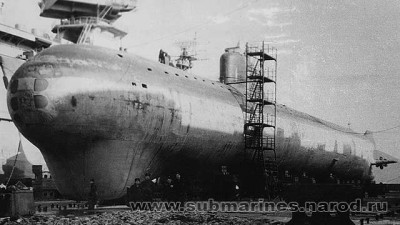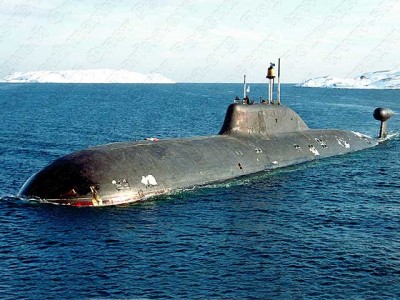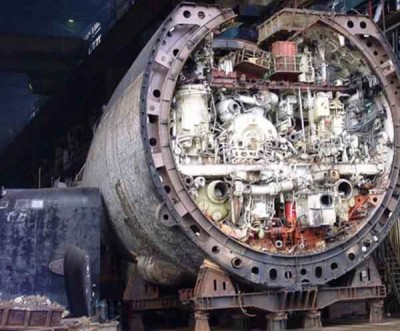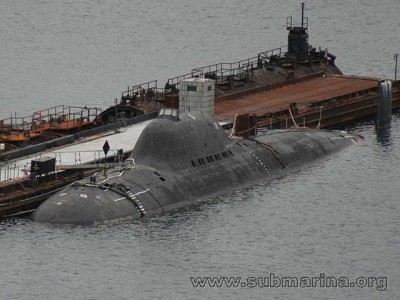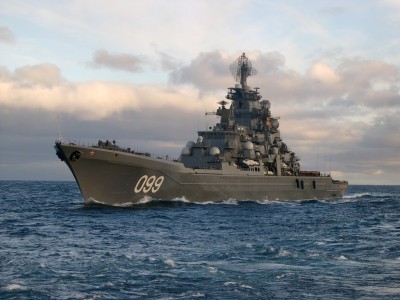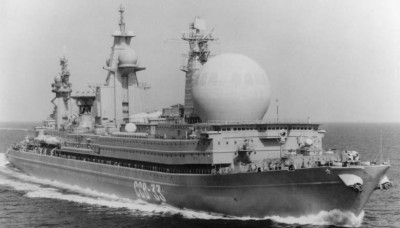valka.cz / 941[/url]
2
VVER / ВВЭР
OK-650VV / ОК-650ВВ
21-45
190
949 / 949
2
VVER / ВВЭР
OK-650B / ОК-650Б
21-45
190
945 / 945
1
VVER / ВВЭР
OK-650 / ОК-650
21-45
190
971 / 971
1
VVER / ВВЭР
OK-650B / ОК-650Б
21-45
190
955 / 955
1
VVER / ВВЭР
OK-650V / ОК-650В
21-45
190
685 / 685
1
VVER / ВВЭР
OK-650B3 / ОК-650Б3
21-45
190
Atomic submarines equipped with JR with the heat carrier from the liquid metal (TNTK) / АПЛ с жидкометаллическим теплоносителем (ЖМТ)
Surface ships / Надводные корабли
I know, that are the tables due to the number of types of soviet and Russian submarines nuclear-powered, incomplete.
I put it here but because I had the available materials that they can be relatively easily adjusted, and especially immediately use.
Preparation of a new table, in which all of the tips and its contents will still be extended (at this point at least power on the shaft), however, will take some time, but I am convinced that here in the historically short time of deliver.
Photos of the submarine K-3 Leniský komsomol" is taken from the Словари и энциклопедии на Академике
Photos of the submarine "Dmitry Donskoj" is taken from the photographic series and the short story "In Severodvinsk has started utilization of the atomic submarines of the project 941 ("В Северодвинске началась утилизация АПЛ проекта 941") with the subtitle "Akulu cut" ("АКУЛУ ПОРЕЖУТ")
I Have not the slightest idea in what section, subsection and I don't know where it actually should be. Because this theme refers to soviet and Russian submarines nuclear-powered, so I put it here. Well, and because it is not a submarine, I put on the beginning of the title většítko (>). It is on the moderátorech, as with this material disposed of..
"Dmitrij Donskoj" - ruská raketonosná ponorka s nukleárním pohonem projektu 941 Akula (kód NATO Typhoon)
K-3 "Leninskij komsomol" - ruská ponorka s nukleárním pohonem první generace projektu 627 Kit (kód NATO November)
Atomic submarines equipped with JR with the heat carrier from the liquid metal (TNTK) / АПЛ с жидкометаллическим теплоносителем (ЖМТ)
| Project Проект | the Number of reactors Кол-во реакторов | Design of the reactor Исполнение реактора | the reactor Type Тип реактора | Obohacenost (%) Обогащение (%) | Thermal power (MW) Тепловая мощность реактора (МВт) |
|---|---|---|---|---|---|
| 645ŽMT / 645ЖМТ | 2 | TNTK / ЖМТ | VT-1 / ВТ-1 | 90 | 73 |
| 705 / 705 | 1 | TNTK / ЖМТ | OK-550 and BM-40A / ОК-550, БМ-40А | 90 | 155 |
Surface ships / Надводные корабли
| Project Проект | the Number of reactors Кол-во реакторов | Design of the reactor Исполнение реактора | the reactor Type Тип реактора | Obohacenost (%) Обогащение (%) | Thermal power (MW) Тепловая мощность реактора (МВт) |
|---|---|---|---|---|---|
| 1144 / 1144 | 2 | VVER / ВВЭР | OK-900 CN-3 / ОК-900 КН-3 | Неизвестно | 300 |
| 1941 / 1941 | 2 | VVER / ВВЭР | OK-900, CN-3, BM-16 / ОК-900 КН-3, БМ-16 | 55-90 | 171 |
I know, that are the tables due to the number of types of soviet and Russian submarines nuclear-powered, incomplete.
I put it here but because I had the available materials that they can be relatively easily adjusted, and especially immediately use.
Preparation of a new table, in which all of the tips and its contents will still be extended (at this point at least power on the shaft), however, will take some time, but I am convinced that here in the historically short time of deliver.
Photos of the submarine K-3 Leniský komsomol" is taken from the Словари и энциклопедии на Академике
Photos of the submarine "Dmitry Donskoj" is taken from the photographic series and the short story "In Severodvinsk has started utilization of the atomic submarines of the project 941 ("В Северодвинске началась утилизация АПЛ проекта 941") with the subtitle "Akulu cut" ("АКУЛУ ПОРЕЖУТ")
I Have not the slightest idea in what section, subsection and I don't know where it actually should be. Because this theme refers to soviet and Russian submarines nuclear-powered, so I put it here. Well, and because it is not a submarine, I put on the beginning of the title většítko (>). It is on the moderátorech, as with this material disposed of..
"Dmitrij Donskoj" - ruská raketonosná ponorka s nukleárním pohonem projektu 941 Akula (kód NATO Typhoon)
K-3 "Leninskij komsomol" - ruská ponorka s nukleárním pohonem první generace projektu 627 Kit (kód NATO November)
